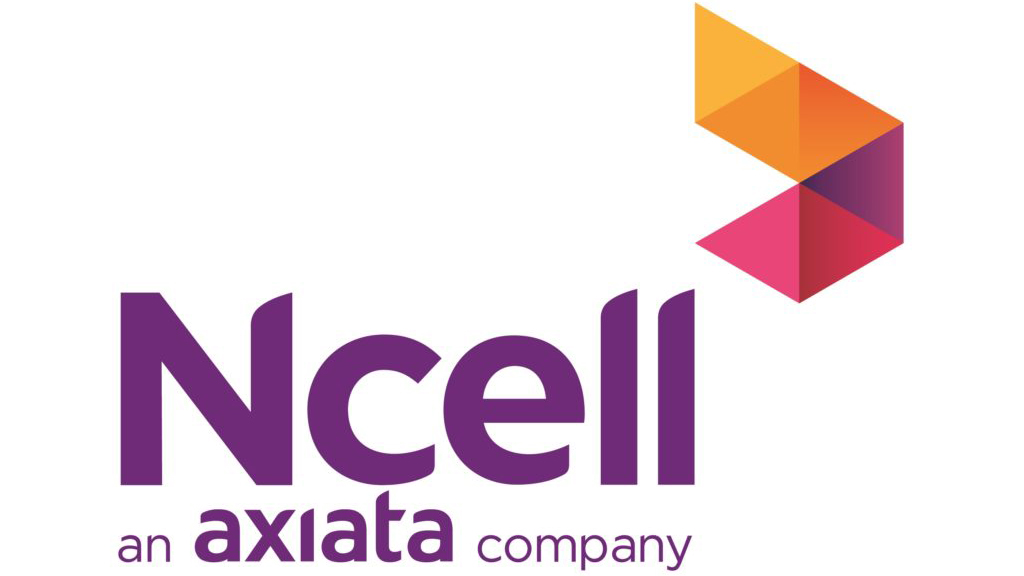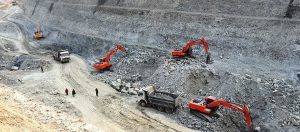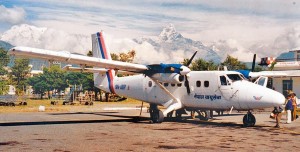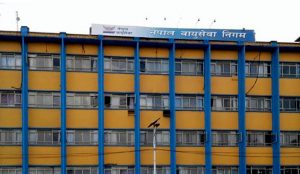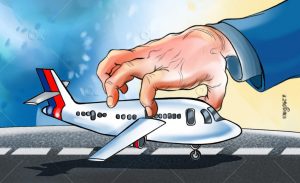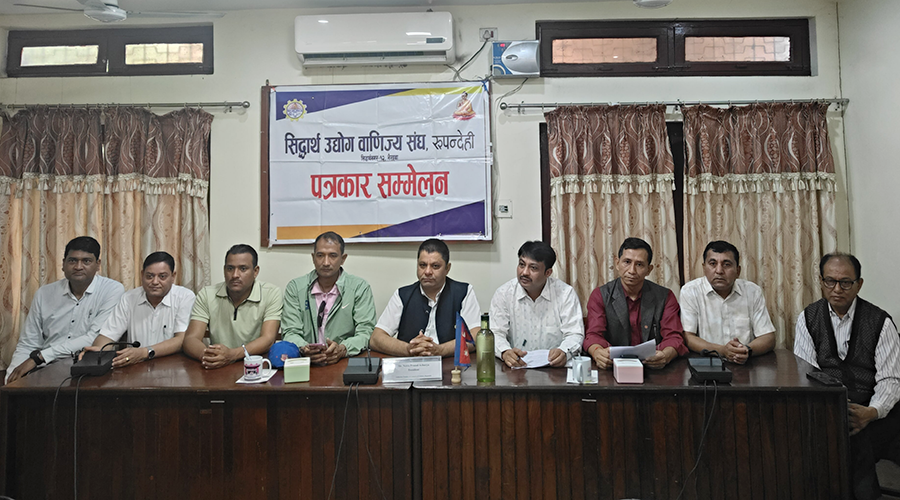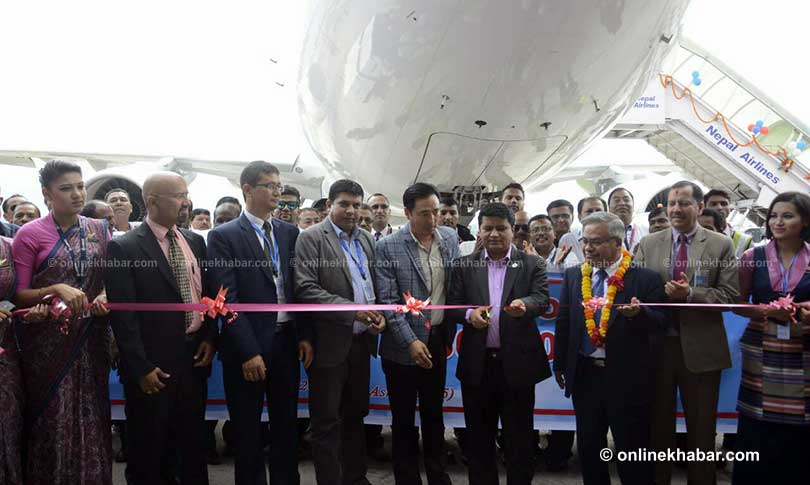
Kathmandu, January 3
A subcommittee under the Public Accounts Committee of House of Representatives formed to investigate into alleged irregularities in the purchase of two wide-body aircraft for Nepal Airlines Corporation on Tuesday submitted its report to the committee, concluding that the state lost Rs 4.35 billion in the deal.
The report indicts Civil Aviation Minister Rabindra Adhikari and his predecessors Jitendra Narayan Dev and Jeevan Bahadur Shahi, and Civil Aviation Secretary Krishna Prasad Devkota and his predecessors Shankar Prasad Adhikari and Prem Kumar Rai in the case. NAC Managing Director Sugat Ratna Kansakar has been identified as the kingpin of the ‘scam’.
Here are 10 grounds that the panel identified to justify irregularities in the multi-million dollar deal.
1.
No direct deal with Airbus
The NAC was in direct communications with the manufacturer, Airbus, as it had purchased two narrowbody aircraft from the company in the past. However, the national flag carrier chose to procure the aircraft through a leasing company this time.
2.
Ill-intended terms and conditions
The NAC was required to purchase a brand new aircraft. However, it mentioned in its request for proposals that it would purchase aircraft manufactured after 2014 and clocked less than 1,000 flying hours. This condition was mentioned with an intention to embezzle the amount that the NAC could save out of depreciating the cost for the operation while making sure that the aircraft would still ‘look’ new as they would have completed just 1,000 flying hours.
3.
Scaling down of maximum takeoff weight (MTOW)
AAR Corp, one of the bidders, had sent a proposal to supply A330-200 aircraft with 242 metric tonne takeoff weight. However, the NAC chose to purchase the A330-243 aircraft with 230 metric tonne MTOW. Planes with greater MTOW are better for the long haul. Likewise, low MTOW equates to increased operational costs.
4.
‘Fictitious’ leasing company
During the bidding, the NAC accepted the proposal sent by a consortium of AAR Corp, German Aviation Capital and Hi Fly Transporte Aereos, a Portuguese aircraft leaser. In an agreement signed between the consortium and the NAC, the parties mentioned that the transactions under the deal would be made through a ‘special purpose company’ named HiFly X Ireland Limited. Because the company was not mentioned in the preliminary MoU, it seems the company was created to facilitate the embezzlement. Further, the NAC had paid the advance to Hi Fly Transporte Aereos, but other instalments to HiFly X.
5.
Changed MSNs
Hi Fly, in the beginning, had proposed to send two aircraft with manufacturing serial numbers ‘1840’ and ‘1842’. After receiving the advance on February 15, 2017, it told the NAC that it would sell the aircraft with MSNs ‘1845’ and ‘1854’. However, the aircraft purchased by the NAC have MSNs 1872 and 1878. Airbus records show that MSNs 1845 and 1854 belong to Tibet Airlines and Iberia Air respectively. Further records show that the aircraft with MSNs ‘1872’ and ‘1878’ were already operated by the two companies for at least three months for commercial purposes.
6.
‘Dramatic’ insertion of escrow agent
The MoU signed between the NAC and the consortium did not mention about an escrow agent. However, the NAC, the seller and the consortium later signed an escrow agreement with a Munich-based law firm associated with Britain-headquartered Norton Rose Fulbright LLP. The intention was to keep the money on hold and later embezzle it, the report alleges.
7.
Violation of Public Procurement Act
The deal overtly violated various provisions of the Public Procurement Act, says the report. The NAC introduced a separate financial bylaw in order to bypass the Act. The cost of the aircraft was estimated based on old market prices. Likewise, the call for proposals for an ‘already used’ aircraft contradicts provisions of the Act. Reports prepared by the Office of the Auditor General and the Public Procurement Monitoring Office have also found the deal faulty.
8.
‘Wrong’ estimation
While estimating the cost, the NAC did not consider the recent price list published by Airbus. Rather, it studied an eight-year-old document and estimated the current price by adding annual inflation on its own. Likewise, the NAC ignored that it could get discounts while purchasing the aircraft that had already completed up to 1,000 flying hours. The national flag carrier did not heed suggestions floated by its own ‘proposal evaluation subcommittee’ while estimating the cost. This incurred a loss of $23.6 million to the NAC.
9.
Escalation in the proposed price
Going against the Public Procurement Act, the NAC mentioned in its agreement that the exact price of the aircraft could be negotiated later, suggesting the supplier was not required to stick to the proposed price. It caused a loss of $6.8 million to the NAC.
10.
Pre-inspection junket
The NAC sent a team of 38 officials, most of which were non-technical staff, to France in the name of preinspection of the aircraft. The team could not make any visible achievement, but it cost the government more than Rs 10 million.






